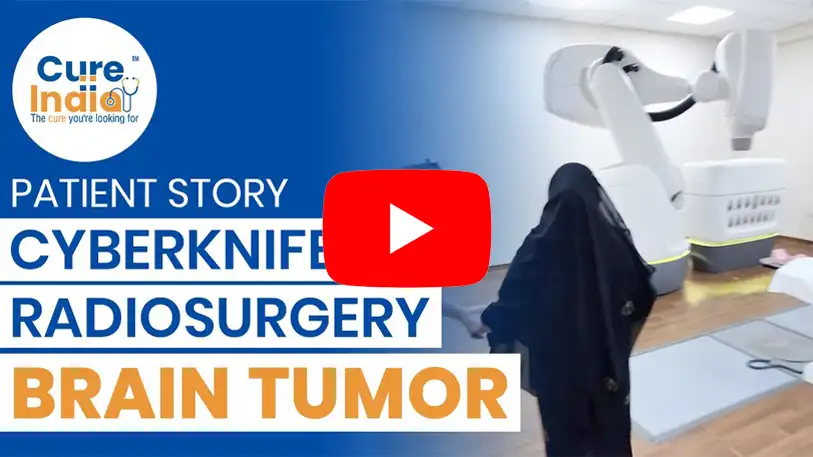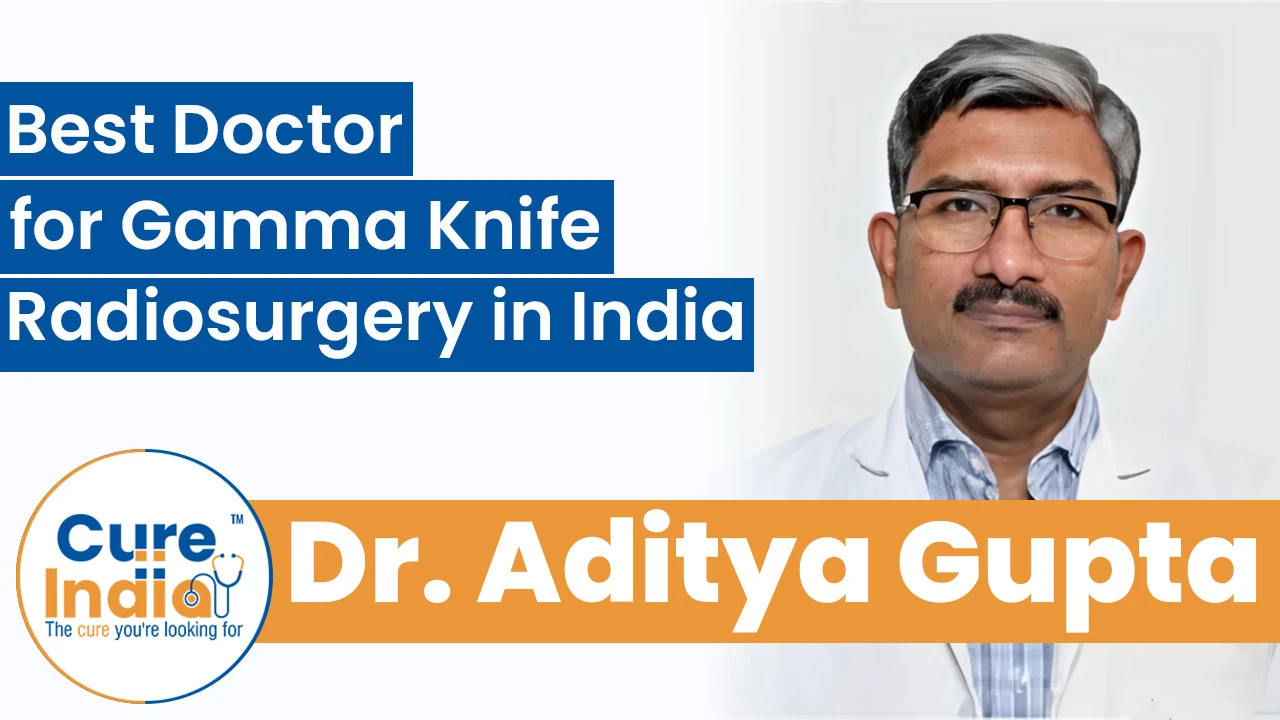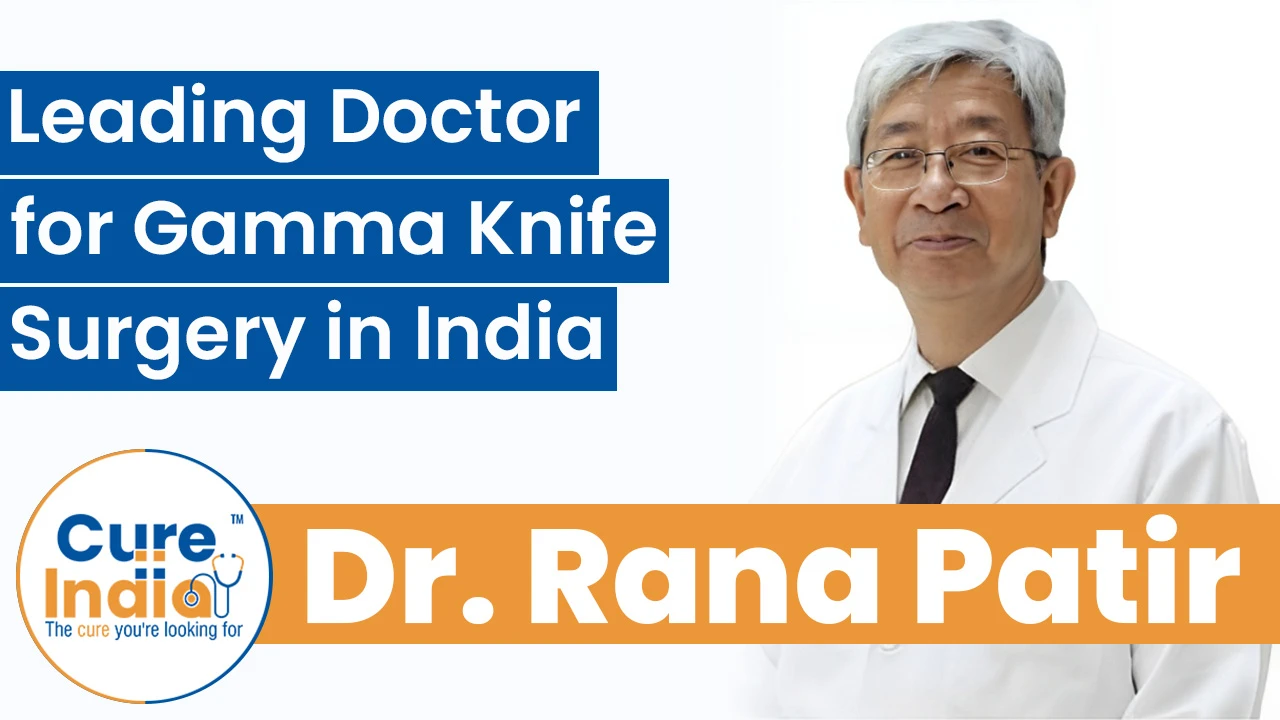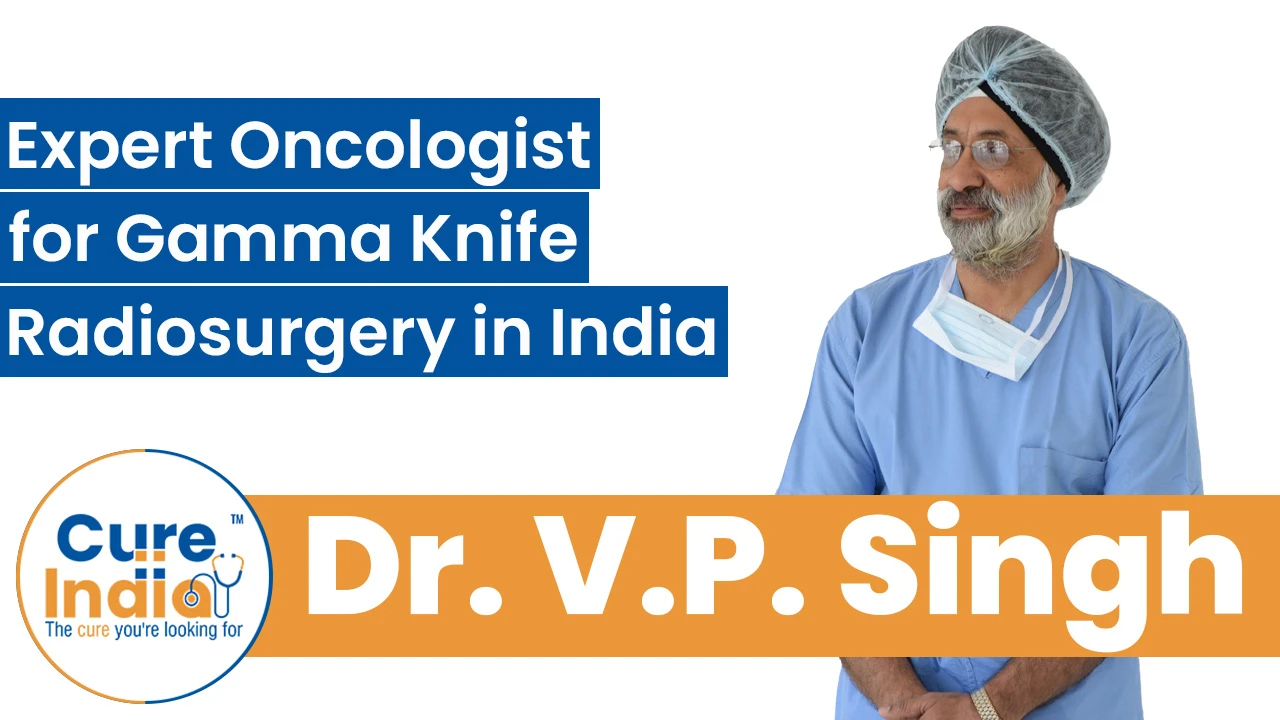

Gamma Knife radiosurgery in India is a kind of radiation that helps to treat brain tumours and veins (of the brain) that have developed differently in comparison to other veins or any other anomalies in the brain. Every year, people from different parts of Africa, such as Ethiopia, Ghana, Tanzania, and Kenya, visit India for Gamma Knife radiosurgery. This is because of the low-cost and high-quality treatment facilities in India.
When comparing gamma knife surgery costs in India and other African countries, India stands out as an ideal choice for a low-cost, reliable surgery that also matches the global standard for the treatment. Plus, the medical sector of India today is quite dependable, with cutting-edge infrastructure, a trained and experienced medical team, globally recognised specialists and advanced equipment. So, if you are looking for quality Gamma Knife radiosurgery in India, keep reading. Today, we will discuss everything you need to know about the surgery and how much it may cost in India.

The Gamma Knife Radiosurgery in India is a procedure specially designed to treat brain tumours and other brain disorders. So, if you are searching for quality Gamma Knife Radiation, you must learn about the conditions a gamma Knife radiation therapy or radiosurgery can treat-
Gamma knife radiation therapy is primarily used for treating brain tumours. It helps to treat both cancerous and non-cancerous tumours. Gamma radiation therapy can be used for brain metastases, pinealomas, pituitary adenomas, craniopharyngiomas, chordomas and meningiomas. Gamma knife for meningioma, as well as other types of brain tumours costs in India are quite low and reasonable.
AVM, or arteriovenous malformation, is a complex, abnormal, tangled blood vessel. Gamma knife radiosurgery in India can treat this condition.
Acoustic neuroma is a condition where a non-cancerous tumour develops around the balance and hearing nerves of the brain. These nerves connect the brain with the inner ear. Also, the gamma knife radiosurgery in India for acoustic neuroma costs in India is comparatively lower than in many other countries.
Tremors, including essential tremors and Parkinson's disease, can also be treated with Gamma Knife radiosurgery in India or radiation therapy.
Gamma knife radiation can also help with several types of epilepsy that require urgent treatment, but the surgery cannot be performed due to age or other risk factors.
Trigeminal neuralgia is a rare condition where a certain nerve of the face gets affected and leads to extreme pain and discomfort. Gamma knife for trigeminal neuralgia can be quite effective in comparison to other treatment options.
Gamma knife radiosurgery in India is a reliable treatment for brain tumours. However, many doctors can suggest CyberKnife radiation therapy as a popular alternative to this treatment. So, if you are searching for quality gamma knife stereotactic radiosurgery procedures, you must also learn about CyberKnife therapy. This will help you make informed decisions for yourself or your close ones.
According to specialists, CyberKnife treatment can be a great alternative to gamma knife radiosurgery in India. Not only that, according to the experts cyber knife has more benefits than gamma knife. Let's learn about cyber knives briefly. Unlike Gamma Knife radiosurgery in India, CyberKnife can treat tumours in any part of the body. As a result, it is not limited to a specific part of the body. Although the cyber knife is also a radiation therapy that uses radiation beams to treat tumours and other anomalies it is not as invasive as Gamma Knife Radiosurgery. Unlike Gamma Knife cyber knives do not use invasive head frame pins. It uses robot-assisted sessions allowing more flexibility.
However, the CyberKnife may not be ideal for all brain tumours or anomalies, as it is designed to treat the entire body, unlike the Gamma Knife, which is specially designed for brain tumours and anomalies.
The Gamma Knife radiosurgery in India is a procedure that involves radiation beams that enter the skull without any physical invasion to work on targeted tumours or lesions in the brain. So, if you are planning to undergo a gamma knife procedure, you must hire the best hospital for gamma knife radiosurgery in India for the best results. Also, you may wonder about Gamma Knife and how it works. So, here is a quick guide to help you understand the procedure in simple steps:
The first and vital part of the Gamma Knife radiosurgery in India procedure is headframe placement. In this part, a medical team staff will attach a box frame to the head with pins. Pins fasten the frame with the skull.
It also guides the gamma beams inside the head.
The next step of your gamma knife procedure is imaging the lesion or tumour through imaging. It often uses X-ray, CT scan or MRI to image the brain and identify the exact location before treatment begins.
Once your Gamma Knife specialist performs an MRI or CT scan and identifies the location and condition of the tumour, they will finally move to plan the radiation therapy sessions according to your condition. Your Gamma Knife Radiosurgery Specialist or medical psychiatrist will assess the reports of your brain imaging and create a radiation therapy session and duration for the treatment.
Once your specialist scans your brain and creates a perfect radiation session according to your brain imaging, you can finally move to get the radiation. During your Gamma Knife radiation therapy, you will be placed on the Gamma machine, and your head frame will be attached. The procedure will begin. Doctors will monitor and observe you from the monitor. As per the instructions of the doctor, you will be slid into the gamma machine for the session. During the session, you will not feel or hear anything. Once the session is over, you will be automatically slid down from the Gamma machine.

Gamma Knife surgery is an advanced neurosurgery technique that requires extreme skill and experience from a neurosurgeon. CureIndia can help you find the right neurosurgeon for your gamma knife surgery in India. The neurosurgeons in India are highly experienced and qualified to perform gamma knife radiosurgery in India. Let's hear from the top gamma knife radiosurgery doctors in India.

Dr. Aditya Gupta was later promoted to Associate Professor of Neurosurgery, a position he held until 2009. He then co-founded the Institute of Neurosciences at Medanta, where he served as Additional Director, Neurosurgery, until mid-2016. He not only has excellent surgical techniques for a wide variety of brain tumors, with an emphasis on microsurgery and radiosurgery, but he also has special and unique skills in managing patients with Movement Disorders with Deep Brain Stimulation (DBS), Epilepsy Surgery, Nerve, and Brachial Plexus Surgery, Brain aneurysms, and AVMs. He also specializes in all types of spine surgery.



The recovery period after Gamma Knife radiosurgery in India can vary from one person to another. Usually, patients can resume normal activities after 2 to 3 days of the surgery. However, one should avoid strenuous activities or lifting heavy objects after 18-20 days of the surgery. You can also feel irritation or swelling at pin sites after the surgery. These symptoms can be treated with medication, and they will resolve within a few days. Your surgeon will inform you how much recovery time you may expect after the procedure. Finally, proper care during the recovery period is crucial for faster recovery and better results.
A lot of people from African nations like Ethiopia, Nigeria and Kenya are visiting India for Gamma Knife treatment. Gamma knife radiosurgery in India is a computer-guided procedure that is used for the treatment of brain tumours, acoustic neuromas, AVMs, etc. The cost of a Gamma Knife radiosurgery in India is very low as compared to other countries. The Indian hospitals are equipped with the latest technology and provide premium medical care. Surgeons in Indian hospitals have years of experience and maintain their best service quality. The cost of Gamma Knife radiosurgery in India is mentioned below.
| Treatment | Cost |
|---|---|
| Gamma Knife Radiosurgery in India | 6,500-7,000 USD |
Medical insurance policies can effectively reduce the financial burden caused by the expenses of the Gamma Knife procedure. It is common to wonder if medical insurance in India can cover the Gamma Knife radiation procedure charges if you are opting for the procedure. Every medical insurance plan is different. However, most insurance plans in India cover the cost of gamma radiation therapy. One should carefully read their medical insurance plans to know if they can partially or fully cover the expenses for Gamma Knife Radiosurgery in India. Consult with your healthcare provider and insurance policy provider to know more about the insurance coverage of the Gamma Knife radiation procedure.
